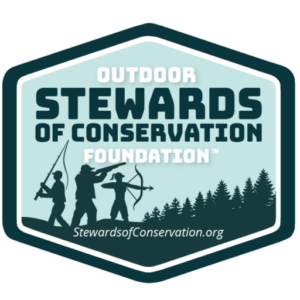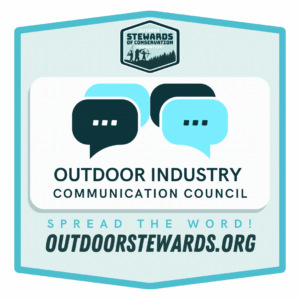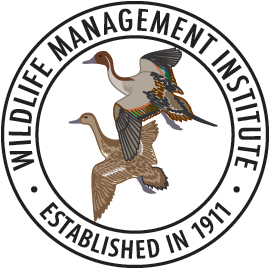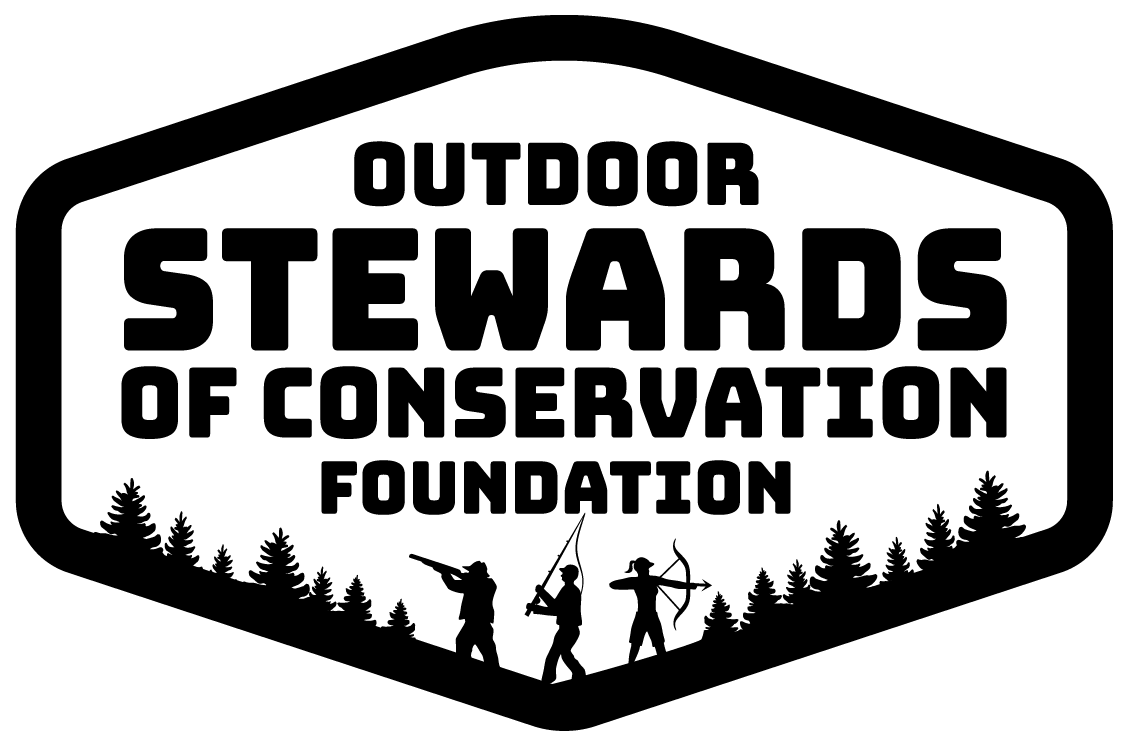


Shareable media promoting conservation from the Outdoor Industry Communication Council (OICC) – see below for more details.
The United States of Access
For years, when former hunters and anglers were asked why they stopped hunting or fishing,
they often cited a lack of access to places to hunt and fish. Maybe an upstate relative sold the
family farm, or the neighbor’s woodlot where they had been given permission for years was sold
to a housing developer.
Over generations, Americans have lost the sort of informal recreational access that provided
millions of acres of places to hunt deer, or to fish for farm-pond bass, or to flush pheasants and
quail, or to camp with their family. That’s the bad news.
The good news is that our network of informal access has been replaced by more formal access
arrangements on private land and by prioritizing access, along with resource management, on
our public lands. A recent survey of huntable public land in America pegged the total at just under
700 million acres. Granted, that includes about 200 million acres in Alaska alone, but it’s a huge
estate of land managed by the U.S. Forest Service, Bureau of Land Management, various state
resource agencies, the U.S. Fish & Wildlife Service, which manages federal wildlife refuges, and
the U.S. Corps of Engineers, which manages many of our big-river dams and reservoirs.
When you add the nearly 50 million acres of access provided on private land through formal
access programs, the amount of land that is open to hunting and fishing, along with hiking,
camping, bird-watching, and overlanding is remarkable, and the even-better news is that you can
expect those accessible acres to grow in number.
One of the provisions of the 2023 Farm Bill, which is scheduled for a vote if the House of
Representatives gets its leadership back on plane, is a tripling of federal funding for private-land
access. That investment would increase funding for the Voluntary Public Access-Habitat
Improvement Act (VPA-HIP) from $50 million in 2018 legislation to $150 million.
That federal funding flows to state fish-and-wildlife agencies to compensate landowners who are
both enrolled in Farm Bill programs like Conservation Reserve or Wetland Reserve programs and
who allow public access for hunting, fishing, and other recreation. The funding boost is likely to
encourage even more private landowners to offer managed recreational access going forward.
State agencies manage robust private-land access programs, some funded by the VPA-HIP
contributions, and some from other funding sources. In Montana, some 8 million acres of private
land is enrolled in Block Management, which is largely funded by non-resident hunting license
fees. In South Dakota and Kansas, this private-land access program is called Walk-In. In North
Dakota, it’s called PLOTS, for Private Land Open To Sportsmen. And in Missouri, it’s called MRAP,
for Missouri Outdoor Recreational Access Program. Regardless of what it’s called in your state,
you have some sort of access to private parcels through your state wildlife agency.
The digital mapping platform onX recently quantified the amount of accessible private land, and
noted that “landowners’ appreciation for hunting, public access, and habitat are core to the
success of these [access] programs, but lease fees from the states as well as benefits like liability
coverage and regulation enforcement help make the success of these programs possible.”
By assuring that hunters and anglers have places to recreate, our collective community is
addressing one of the biggest reasons that participants drop out of those activities, which fund
conservation in America through hunting and fishing license sales and taxes paid on sporting
goods equipment. That’s the good news.
The bad news is that while the number of accessible acres in the United States is large and
growing, it’s not permanent. A landowner might decide to lease their ground to an outfitter, or
keep the public away because of a bad experience with a hunter or angler.
Link to onX Private Land Public Access report:
https://www.onxmaps.com/onx-accessinitiatives/private-land-public-access
About the Outdoor Industry Communication Council (OICC):
Formed around the commitment to educate all Americans about the origins of conservation
funding in America, the Outdoor Industry Communication Council (OICC) is managed by Outdoor
Stewards of Conservation Foundation (OSCF) and Wildlife Management Institute (WMI). OICC
works with outdoor writers to develop informative content that is available to all outdoor
organizations and media at no cost. A primary goal of the OICC is to better inform and promote
the positive contributions that wildlife agencies, industry manufacturers, NGOs and end users
such as hunters, anglers, trappers and target shooters make to conservation. Outdoor
organizations interested in conservation are welcome to use any OICC content to expand the
reach of messages created by the OICC. To become a member of the Outdoor Industry
Communication Council, contact Jim Curcuruto of OSCF (203) 450-7202
jim@stewardsofconservation.org or Jon Gassett of WMI at (502) 330-9025
jgassett@wildlifemgt.org. There are no costs involved to become a member of the OICC.
Members may utilize OICC materials as they see fit with no restrictions. For additional
information and free materials visit:
https://www.outdoorstewards.org/outdoor-industrycommunication-council-oicc/
This project is funded by the Multistate Conservation Grant Program (F23AP00404), a program supported with funds
from the Wildlife and Sport Fish Restoration Program and jointly managed by the Association of Fish and Wildlife
Agencies and the U.S. Fish and Wildlife Service.
